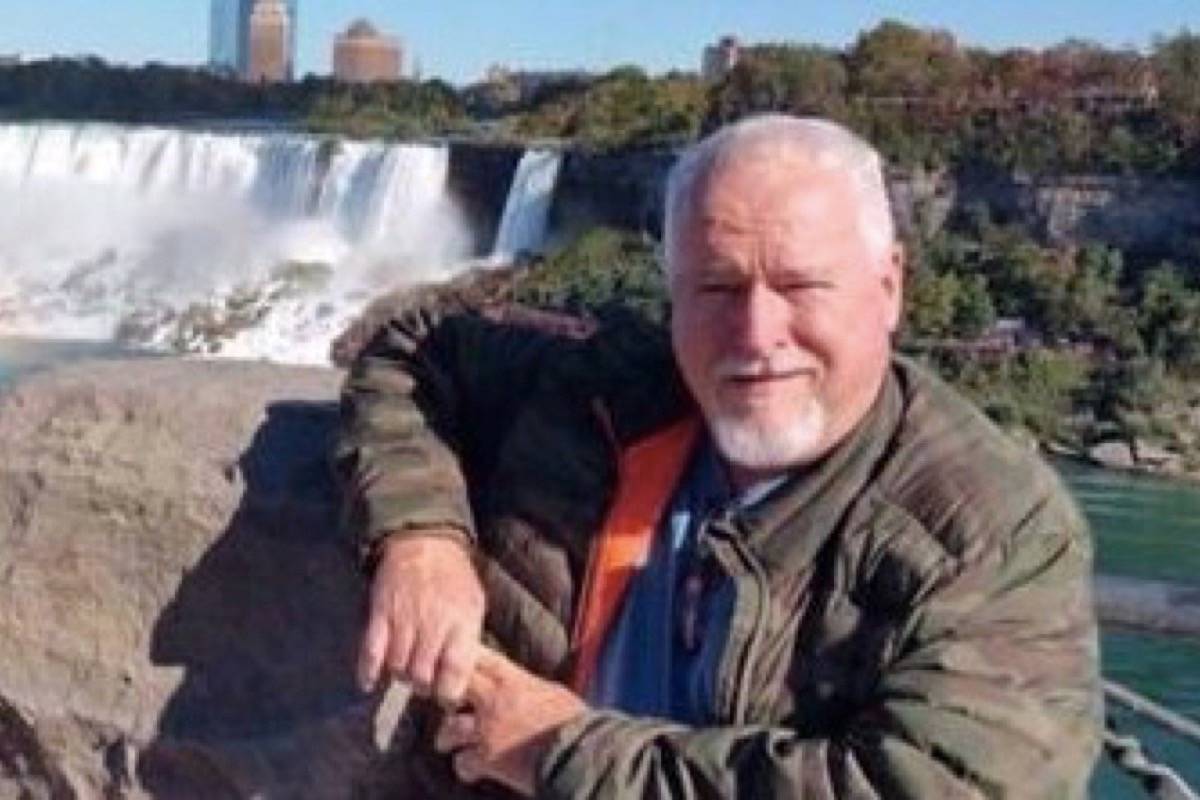The prosecutor in the case of a serial killer who preyed on men in Toronto’s gay village says Bruce McArthur strangled many of his victims with a rope and pipe and took photographs of their bodies after their deaths.
Crown attorney Michael Cantlon is going through a detailed agreed statement of facts at a sentencing hearing for 67-year-old McArthur, who pleaded guilty last week to first-degree murder in the deaths of eight men over a seven-year period.
READ MORE: Bruce McArthur pleads guilty to eight counts of first-degree murder
Cantlon says McArthur posed many of his victims’ bodies for photographs after the murders, and stored the images on various digital devices in his apartment.
He says police found the photographs in a covert operation during which they copied part of McArthur’s computer hard drive.
Cantlon says McArthur posed at least one victim with a cigar in his mouth.
The prosecutor warned victims’ family, friends and others in the courtroom that the specifics of the murders will be gruesome and may even cause some to be sick.
“For years, members of LGBTQ community believed they were being targeted by a killer,” Cantlon told the court. “They were right.”
READ MORE: Officer involved in previous McArthur arrest charged with insubordination
Police arrested McArthur a year ago and eventually charged him in the deaths of Selim Esen, Andrew Kinsman, Majeed Kayhan, Dean Lisowick, Soroush Mahmudi, Skandaraj Navaratnam, Abdulbasir Faizi, and Kirushna Kanagaratnam. All of the men went missing from Toronto’s gay village.
McArthur, a self-employed landscaper, admitted he sexually assaulted and forcibly confined many of his victims before murdering them.
Police found victims’ belongings in McArthur’s apartment, including a bracelet, jewelry and a notebook. They also found a duffel bag containing duct tape, a surgical glove, rope, zip ties, a bungee cord and syringes in McArthur’s bedroom along with the DNA of several victims inside his van.
Cantlon said Kinsman’s disappearance is what led police to a break in the case.
Investigators found Kinsman’s calendar with the entry titled “Bruce” dated June 26, 2017 — the day he disappeared. They also found surveillance footage where Kinsman lived showing him getting into a red Dodge Caravan. They couldn’t make out the van’s plates or who was driving.
A Dodge dealership worker told police it was a 2004 Dodge Caravan and when they requested information from Ontario’s Ministry of Transportation, they received a list of 6,181 red such vehicles made between 2003 and 2006.
Cantlon said the lead detective on the case then cross referenced the name Bruce with those vehicle owners and came back with five matches. Only one had previous contact with police: McArthur.
Court heard police arrested McArthur in 2016 for assault, but never laid any charges. Court also heard police interviewed McArthur as a witness years earlier relation to three of the victims.
Liam Casey, The Canadian Press



